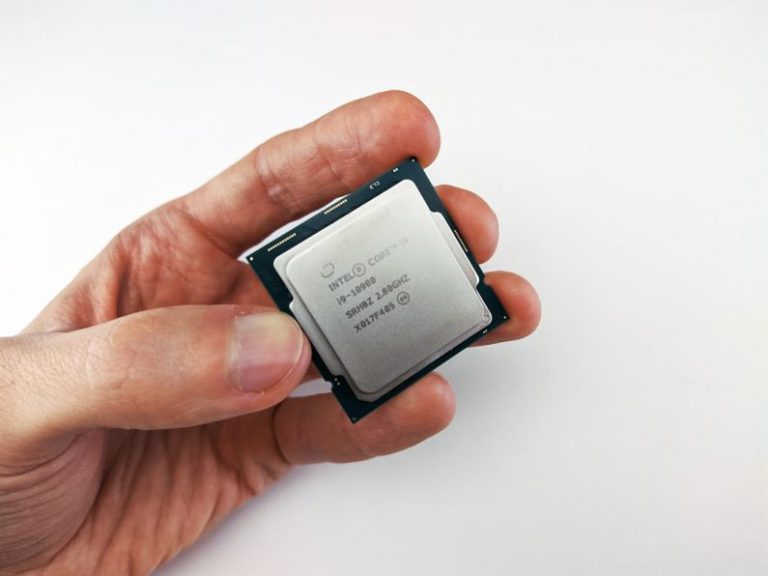Optimizing Your Cooling System for Overclocking
Overclocking your computer’s CPU can provide a significant performance boost, allowing you to run demanding applications and games more smoothly. However, this increase in performance also generates more heat, which can lead to instability and damage if not properly managed. To ensure that your system stays cool and stable during overclocking, it is essential to optimize your cooling system. In this article, we will discuss some effective strategies to help you keep your CPU cool and achieve optimal overclocking performance.
Understanding the Importance of Cooling
Before delving into specific strategies for optimizing your cooling system, it is crucial to understand why proper cooling is essential for overclocking. When you increase the clock speed of your CPU, it generates more heat than it would at its stock settings. Excess heat can cause the CPU to throttle, reducing performance, or even lead to permanent damage if temperatures become too high.
Effective cooling not only ensures that your CPU operates within safe temperature limits but also allows you to push the boundaries of overclocking further. By keeping temperatures low, you can achieve higher clock speeds and stable performance without risking hardware failure.
Choosing the Right Cooler
The first step in optimizing your cooling system for overclocking is selecting the right cooler for your CPU. Air coolers and liquid coolers are the two main types of CPU coolers available, each offering unique advantages. Air coolers are typically more affordable and easier to install, making them a popular choice for beginners. On the other hand, liquid coolers provide superior heat dissipation and can handle higher thermal loads, making them ideal for more demanding overclocking scenarios.
When choosing a cooler, consider factors such as your CPU’s thermal requirements, the size of your case, and your budget. Investing in a high-quality cooler that matches the thermal output of your overclocked CPU is crucial for maintaining stable temperatures under load.
Optimizing Airflow and Cable Management
Proper airflow is essential for maintaining low temperatures inside your PC case. To optimize airflow, ensure that your case has adequate intake and exhaust fans to facilitate the movement of cool air in and hot air out. Position your fans strategically to create a positive pressure environment, where more air is being pushed into the case than expelled, preventing dust buildup and promoting airflow.
Additionally, tidy cable management is crucial for improving airflow and reducing heat buildup. Organize your cables neatly to minimize obstructions to airflow and prevent them from interfering with your CPU cooler or other components. Using cable ties and routing cables behind the motherboard tray can help create a clean and efficient airflow path within your case.
Monitoring and Adjusting Fan Speeds
Monitoring your system’s temperatures is essential for ensuring that your cooling system is effectively dissipating heat during overclocking. Use software tools such as HWMonitor or Core Temp to keep track of your CPU temperatures under load and adjust your cooling settings accordingly.
Most modern motherboards allow you to adjust fan speeds either through the BIOS or dedicated software utilities. Experiment with different fan speed profiles to find the optimal balance between cooling performance and noise levels. Increasing fan speeds during heavy workloads can help dissipate heat more effectively, while reducing speeds during idle periods can minimize noise output.
Overclocking Safely and Responsibly
While optimizing your cooling system is crucial for achieving stable overclocking performance, it is equally important to overclock your CPU safely and responsibly. Gradually increase clock speeds in small increments and stress test your system using tools like Prime95 or AIDA64 to ensure stability.
Keep an eye on temperatures during stress testing and never exceed the thermal limits recommended by your CPU manufacturer. If temperatures climb too high or your system becomes unstable, dial back your overclocking settings until you find a stable configuration.
In conclusion,
Optimizing your cooling system for overclocking is essential for achieving maximum performance while maintaining system stability. By choosing the right cooler, optimizing airflow, and monitoring temperatures, you can push your CPU to its limits without risking damage. Remember to overclock responsibly and prioritize the long-term health of your hardware to enjoy the benefits of enhanced performance.






